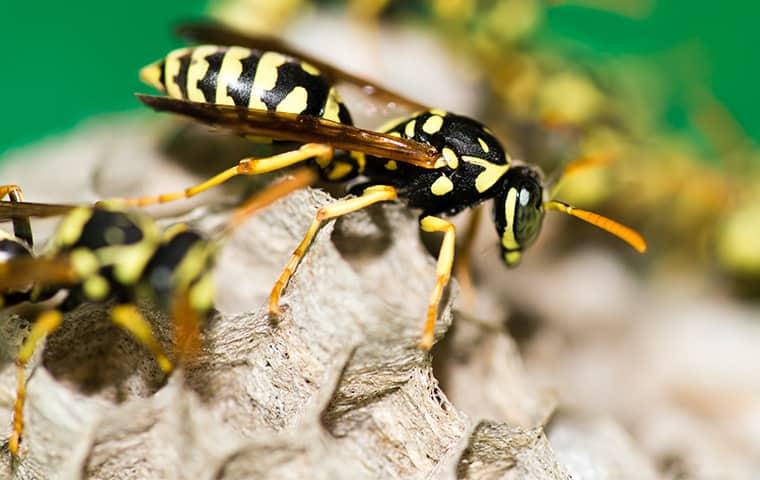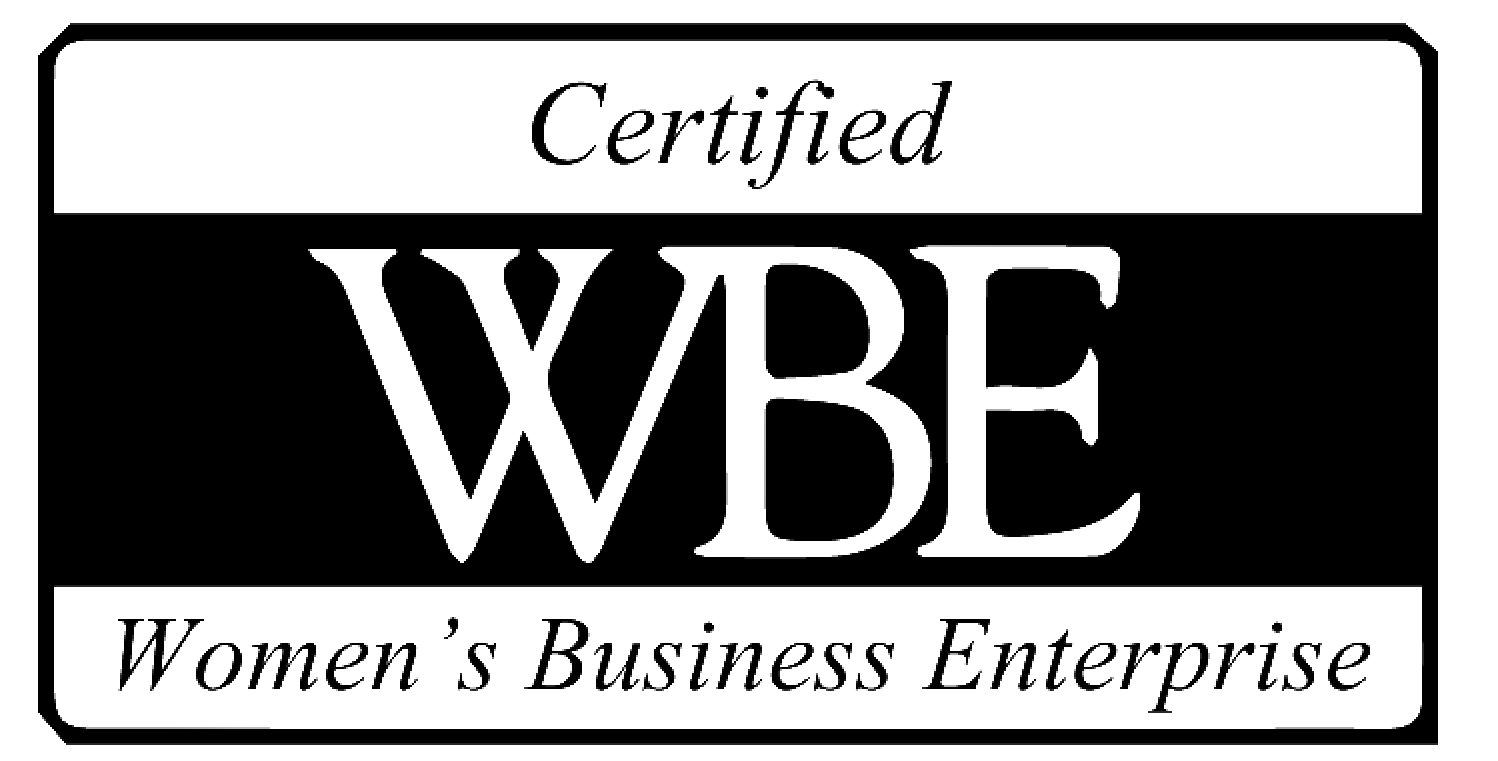What are stinging insects?
Stinging insects are those pests that possess stingers that they use to capture and paralyze their prey, as well as to defend themselves and their colonies. Besides being responsible for some of the pollination of flowers and crops, stinging insects are predators and help to keep populations of garden insects and other nuisance pests in check.
Listed below is a description of our the Memphis Metro area's most common stinging insects.
Hornets
The only true hornet living in the United States is the European hornet. It is large and has a yellow and brown color pattern. The bald-faced hornet is another species that lives throughout the U.S; however, it is actually a close relative of the yellow jacket and not a true hornet. Bald-faced hornets are black except for their faces, which are mostly white.
Wasps
The paper wasp is a common species of wasp. They have pinched waists and long, thin legs that dangle below their bodies when flying. Their bodies are black or brown with yellow or orange markings, and they have gray-colored wings. This species is often identified by the upside down umbrella-shaped nests they create.
Yellow jackets
Yellow jackets are wasps and have segmented, hairless bodies and thin waists. They have a distinct yellow and black-striped pattern and, when at rest, their wings fold laterally against their bodies.
Are stinging insects dangerous?
When living out in nature and away from people, stinging insects are very beneficial. However, when they decide to nest in a high-traffic area in or around our property, they turn from helpful to dangerous. The venom that stinging insects possess is strong enough to trigger allergic reactions in people that sometimes triggers life-threatening anaphylaxis. A sting from a hornet, wasp, or yellow jacket not only creates health risks but is also extremely painful and leaves behind a raised, red welt.
Why do I have a stinging insect problem?
Stinging insects are pests that prefer to live and breed outdoors. They will find their way onto any property that offers a suitable place to nest and is close to food and water sources. Stinging insects are encountered most often during the summer and fall months when their colonies are complete and the workers are out and about foraging for food.
Where will I find stinging insects?
Stinging insects nest outside in a variety of ground and aerial locations. Aerial nests are built behind shutters, on trees, utility poles, under decks, under roof eaves, and in doorways. Ground nests are created in the abandoned nests of other small animals, under woodpiles, or inside ground holes. If stinging insects find their way into your home or business to nest, they will usually do so in attics, or behind wall voids.
How do I get rid of stinging insects?
If you are looking to get rid of stinging insects from your Memphis property, the professionals at Dart Pest, Lawn & Wildlife are here to help. Our EPA-trained and certified technicians will provide you with stinging insect solutions once and for all! Our home pest management services protect people, homes, and yards from stinging insects and our area's most common pests. To learn more about our exceptional residential or commercial pest control services, reach out to Dart Pest today!
$425.00
One Story home
$475.00
Two Story home
$485.00
Chimney
$275.00 - Treatment
$325.00 - Treatment
*ALL winged insect treatments need to be done in the morning. As they are less active*
*Prices vary based on square footage of home.*
How can I prevent stinging insects in the future?
Utilize the following tips to help keep stinging insects out of your Memphis Metro area property:
- Outdoor trash cans and compost bins should have tight-fitting lids.
- Remove fallen trees and tree stumps from your property.
- Fix holes along the roofline and roof intersections.
- Place a cap on your chimney.
- Fill in ground holes.
- Make sure screens are intact.
- Keep outdoor eating areas clean and free of food debris.
- Trim tree limbs back away from the exterior of your property.
- Fix leaky hoses and fixtures, and maintain gutters and downspouts.








